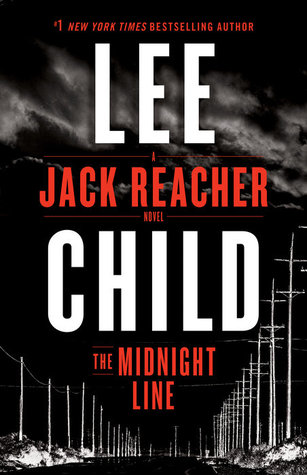The Midnight Line had a weird premise. Reacher finds a West Point class ring in a pawn shop. He wants to find it's owner. That's how the story starts and that's what prompts Reacher on this crazy-ass trip across the Midwest. The pawn shop owner is the first stop for intel, obviously, which leads to Jimmy Rat and his hoodlums which leads to Scorpio and his "laundromat" that is clearly a front for something else.
Which leads to the middle of Wyoming, Mule Crossing, to be exact.
Reacher teams up with a PI, hunting for the sister of his client, and the sister herself. It turns out that the missing sister belongs to the West Point ring.
What we end up in the middle of is a drug ring. It's interesting and a bit terrifying, if this is our future in the opiod epidemic, but a good ride, nonetheless.
I don't feel that Reacher's heart was in this one as much as the other novels I've read. The ring seemed like a weak premise to start this adventure and it seemed to be the only thing Reacher thought of. People died? Ok, gotta return the ring. Hot woman next to you? Ok, gotta return the ring. Someone ate by a bear? Ok, gotta return the ring.
It was good but....slightly off.




